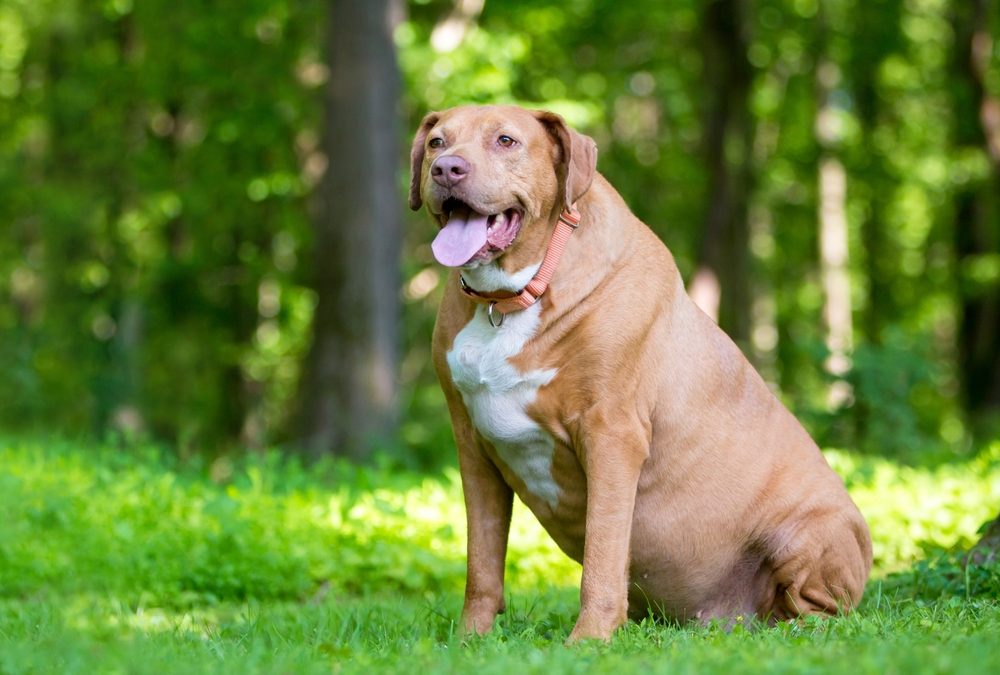Source: Alaska Public Musher Justin Olnes is competing in the Iditarod Trail Sled Dog Race with a unique team—11 of his 15 dogs are rescues from Alaska shelters. His lead dog, Fly, adopted from Fairbanks North Star Borough Animal Control, has proven to be an exceptional leader. Olnes and his wife, Kailyn, run ReRun Kennel near Fairbanks, where they promote dog mushing while […]
read more
Editor
Recent Posts
Greater Boston’s Housing Crisis is also Making Pets Homeless, Local Shelters Say
by Editor | Mar 19, 2025 | Companion Animal
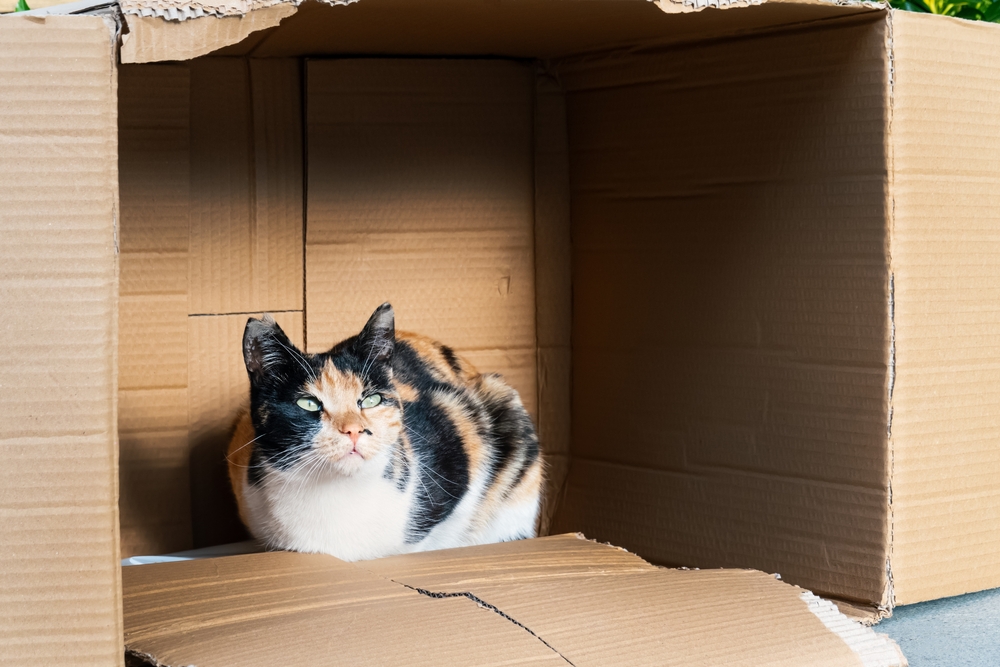
Source: MassLive Massachusetts’ housing crisis is forcing many residents to surrender their pets, with shelters seeing a sharp increase in housing-related pet abandonments. The Animal Rescue League of Boston (ARL Boston) and the Massachusetts Society for the Prevention of Cruelty to Animals (MSPCA) report that over 700 pets were surrendered in 2023 due to housing issues—double the previous year. […]
read moreTuskegee Lays Off 10 Veterinary School Faculty and Staff
by Editor | Mar 19, 2025 | Animal Health Industry, Students

Source: Vin News Tuskegee University College of Veterinary Medicine has laid off 10 employees, citing staffing adjustments as part of efforts to enhance academic programs. The layoffs, which did not affect academic leadership, come amid ongoing challenges for the institution, including probationary accreditation status from the American Veterinary Medical Association Council on Education (COE). The COE previously […]
read moreCreative Science Acquires Infiniti Medical LLC and Orthomed UK Ltd., Expanding Veterinary Innovation Portfolio
by Editor | Mar 18, 2025 | Animal Health Industry

Source: PR Newswire Creative Science, a CIMA Animal Health company, has acquired Infiniti Medical LLC and its subsidiary Orthomed UK Ltd, two leading brands in Veterinary interventional radiology, cardiology, soft tissue surgery, and orthopedics. This acquisition enhances Creative Science’s commitment to cutting-edge Veterinary solutions, improving patient care and surgical outcomes worldwide. Infiniti Medical, based in Silicon Valley, is […]
read moreVetPartners Unveils Industry-Changing Veterinary Team Utilization Guide
by Editor | Mar 18, 2025 | Animal Health Industry

Source: VetPartners VetPartners has introduced the Veterinary Team Utilization Guide, a free digital resource designed to help Veterinary practices enhance efficiency, teamwork, patient care, and revenue. Accessible via desktop or mobile, the guide covers essential areas such as team development, operations, client service, compliance, marketing, and financial planning. Developed by industry experts, the guide offers expert advice, […]
read moreStudy Shows Yellowstone Bison are a Single Breeding Herd
by Editor | Mar 17, 2025 | Agriculture, Animal Health News, Livestock
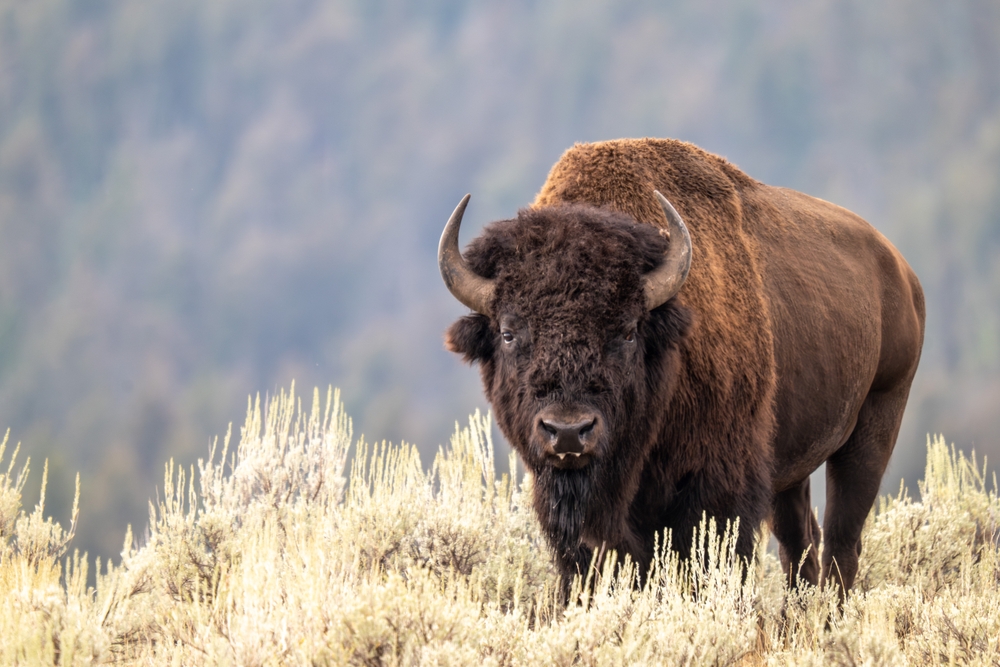
Source: dvm 360 A new study by Texas A&M College of Veterinary Medicine and Biomedical Sciences (VMBS) has found that Yellowstone National Park’s bison population, once thought to be two distinct herds, has become a single, interbreeding population of 4,000 to 6,000 animals. Published in the Journal of Heredity, the study suggests that Yellowstone bison should now be […]
read moreVeterinarian Survives Near-Fatal Cattle Chute Injuries, Shares Safety Warning
by Editor | Mar 17, 2025 | Agriculture, Livestock, News

Source: Marshfield Hub City Times Veterinarian Eric Knock suffered severe injuries in September 2022 when his skull was crushed between a chute frame and squeeze mechanism while working with cattle. Though he avoided surgery, Knock endured multiple skull fractures, brain bleeding, nerve damage, and ear trauma, requiring months of recovery. Now, Knock shares his story through Telling […]
read moreK-State’s Animal and Veterinary Innovation Center Will Focus on Livestock Pain Management
by Editor | Mar 16, 2025 | Agriculture, Animal Health Industry, Livestock
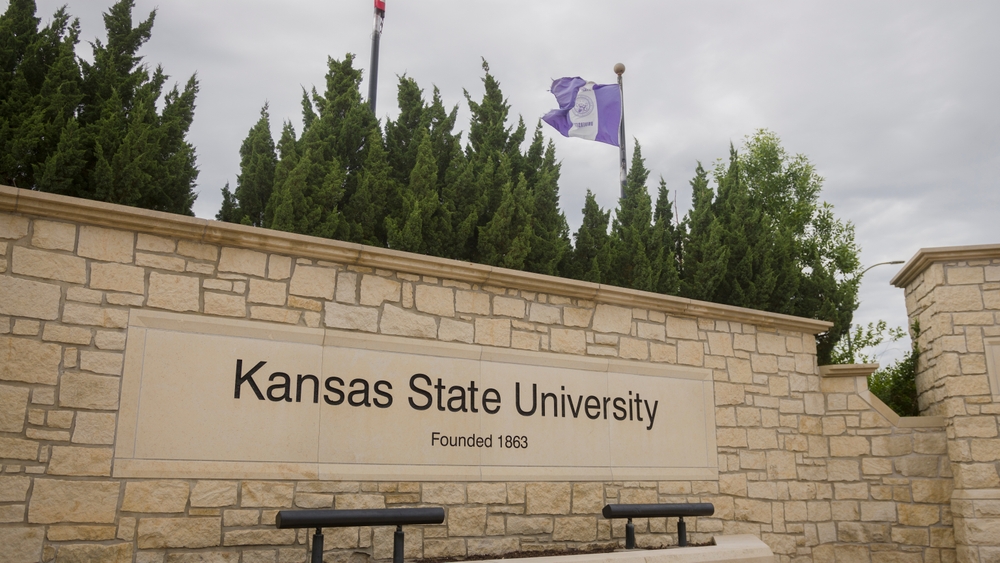
Source: Sunflower State Radio Kansas State University has been selected by the U.S. Food and Drug Administration’s Center for Veterinary Medicine as one of four Animal and Veterinary Innovation Centers to receive funding for advancing regulatory science and Veterinary innovations. K-State’s focus is on developing reliable models to evaluate the effectiveness of pain relief (analgesics) in food animals, including pigs, […]
read moreOregon State University Veterinarians Perform a World-First Heart Procedure on Lamb
by Editor | Mar 16, 2025 | Animal Health News, Livestock

Source: Statesman Journal Oregon State University veterinarians performed a groundbreaking heart surgery on Squirt, an 11-day-old ram lamb diagnosed with patent ductus arteriosus (PDA), a condition where a blood vessel fails to close after birth. This procedure, typically performed on domestic animals, had never been reported in a lamb and is possibly the first of its […]
read moreSource: Indiana Public Media Interacting with pets has measurable benefits for mental health, as studies show it increases oxytocin, a bonding hormone, and decreases cortisol, a stress hormone. Even brief moments, like petting a dog for two minutes or making eye contact for 15 seconds, can trigger oxytocin release, promoting relaxation and emotional well-being. Animal-assisted interventions […]
read moreIditarod 53: Catching Up with New Co-Chief Race Veterinarian Dr. Greg Closter
by Editor | Mar 15, 2025 | Animal Health Industry, Companion Animal
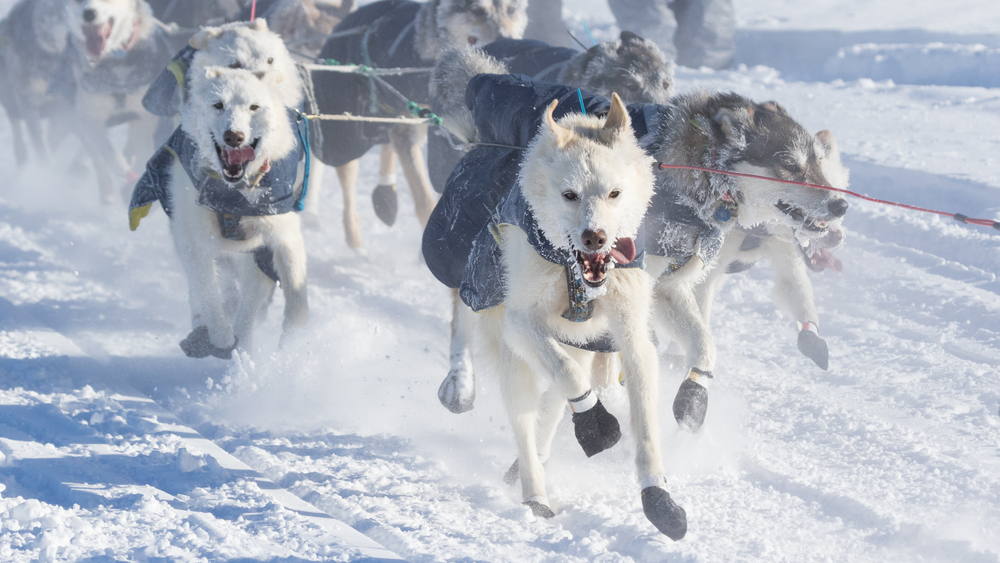
Source: Alaska News Source Greg Closter has stepped into the role of Co-Chief Veterinarian for the 2025 Iditarod, following the unexpected passing of Dr. Stuart Nelson. Closter, alongside co-chief Erika Friedrich, is dedicated to maintaining the high standards of dog care established by Nelson. The Iditarod has four dog return hubs, including Unalakleet, where Closter oversees Veterinary care for […]
read moreKnow the Facts: Chronic Wasting, Epizootic Hemorrhagic Diseases in Iowa
by Editor | Mar 14, 2025 | Agriculture, Animal Health News, Livestock
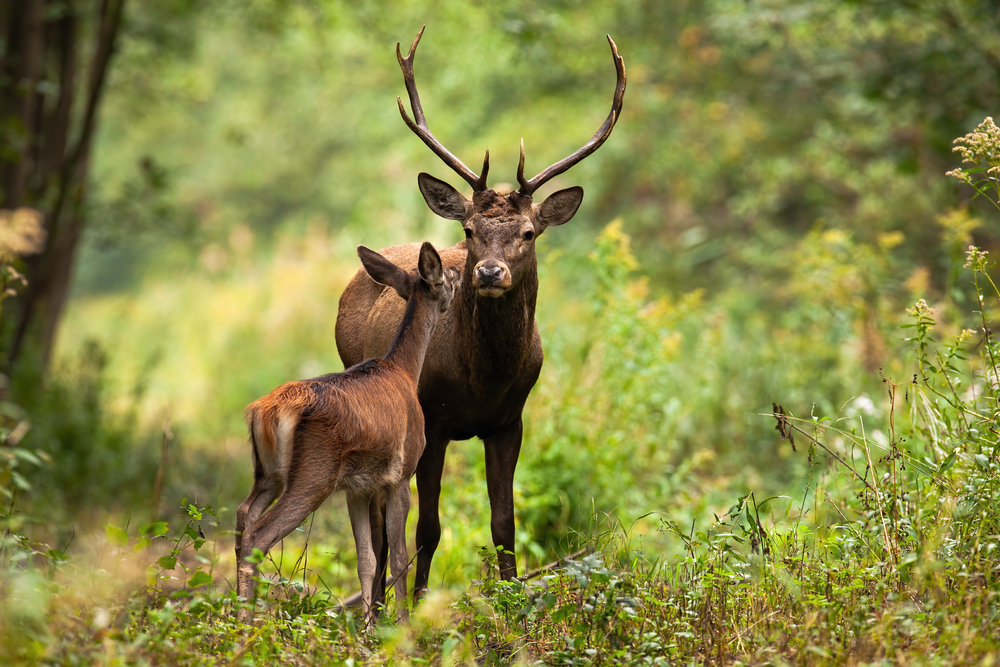
Source: Tama-Toledo News Chronicle Iowa’s deer population faces ongoing threats from Chronic Wasting Disease (CWD) and Epizootic Hemorrhagic Disease (EHD), prompting surveillance and management efforts by the Iowa Department of Natural Resources (DNR). CWD, a fatal neurodegenerative disease, spreads through misfolded prions and has no cure. Since its detection in Iowa in 2013, 519 cases have been confirmed across […]
read moreIndependence Pet Holdings Appoints Munir Hafez as Chief Technology Officer
by Editor | Mar 14, 2025 | Animal Health Industry, News

Source: Pet Age Independence Pet Holdings (IPH) has appointed Munir Hafez as its new chief technology officer (CTO). With over 30 years of experience in IT strategy, digital transformation, and cloud technologies, Hafez will lead the company’s technology initiatives to drive growth and innovation in pet health. Hafez has an extensive background in software engineering and has successfully […]
read morePetVet Veterinary Network Announces Appointment of Eric Enderle as CEO
by Editor | Mar 13, 2025 | Animal Health Industry, News

Source: Pet Age PetVet Care Centers has announced that Eric Enderle will become the new CEO, succeeding founder Gino Volpacchio, effective March 10. Volpacchio will transition to the role of vice chair. Enderle brings over 20 years of leadership experience in patient care, having previously expanded CareSpot Urgent Care from 26 to over 115 locations across nine states. Under Volpacchio’s […]
read moreFDA Alert: ADM Recalls Select Pelleted Cattle Nutrition Feed Products
by Editor | Mar 13, 2025 | Agriculture, Livestock

Source: Pet Age ADM Animal Nutrition, a division of ADM, is recalling specific pelleted animal feed due to elevated copper levels or insufficient zinc, which could harm cattle. Chronic copper toxicity may lead to gastroenteritis, anorexia, abdominal pain, lethargy, diarrhea, and dehydration, while zinc deficiency can reduce feed intake, efficiency, and growth. No illnesses or […]
read moreSource: Pet Food Industry Hill’s Pet Nutrition has partnered with the Association for Pet Obesity Prevention (APOP) to combat the rising pet obesity crisis, affecting nearly two-thirds of U.S. dogs and cats. The collaboration aims to enhance Veterinary communication, provide educational resources, and promote evidence-based weight management strategies. Dr. Karen Shenoy, Hill’s Chief Veterinary Officer, highlights the importance of […]
read moreState Announces Digitization of Plants, Animals Declaration Form
by Editor | Mar 12, 2025 | Agriculture, Animal Health Industry

Source: West Hawaii Today Hawaii has launched Akamai Arrival, a pilot program digitizing the Plants and Animals Declaration Form to streamline biosecurity efforts for travelers. Authorized under Act 196 (2024), the initiative aims to improve compliance and protect the islands from invasive species. Starting March 1, the program will be implemented on select domestic flights in partnership with major airlines, […]
read moreHumane Society Seeking Donations to Cover Antibiotics Amid Strep Zoo Spread
by Editor | Mar 11, 2025 | Animal Health Industry, Companion Animal

Source: KRDO The Humane Society of the Pikes Peak Region in Colorado Springs urgently needs donations following several suspected cases of Strep Zoo among dogs in their care. One dog has tested positive, while three others had inconclusive results. With over 100 dogs requiring preventative antibiotics, the shelter estimates costs exceeding $25,000. Donations will help cover medicine, testing, […]
read moreBig Animals Have Higher Cancer Risk – but also Evolved Better Defences
by Editor | Mar 11, 2025 | Animal Health News, News
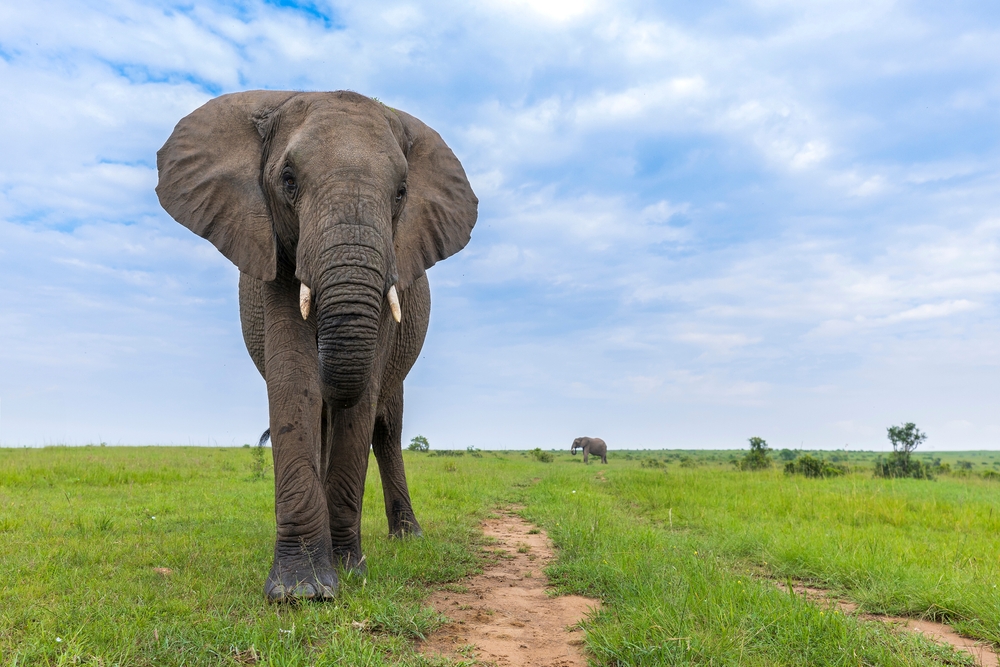
Source: New Scientist A comprehensive study of 263 species confirms a link between body size and cancer prevalence, contradicting prior research that suggested no such correlation. George Butler and his team at University College London found that larger animals are slightly more likely to develop cancer than smaller ones, with a 1% increase in body mass corresponding to a […]
read moreThieves Fake Seizure to Steal Puppies From Colorado Pet Store
by Editor | Mar 10, 2025 | Companion Animal

Source: ABC News Perfect Pets, a pet store in Centennial, Colorado, was robbed for the second time this month when thieves staged a fake medical emergency to steal two English bulldog puppies, each valued at $4,299. Surveillance footage shows one suspect pretending to have a seizure, diverting attention while another grabbed the puppies from a locked pen. […]
read moreContributors
Archives
- November 2025
- October 2025
- September 2025
- August 2025
- July 2025
- June 2025
- May 2025
- April 2025
- March 2025
- February 2025
- January 2025
- December 2024
- November 2024
- October 2024
- September 2024
- August 2024
- July 2024
- June 2024
- May 2024
- April 2024
- March 2024
- February 2024
- January 2024
- December 2023
- November 2023
- October 2023
- September 2023
- August 2023



